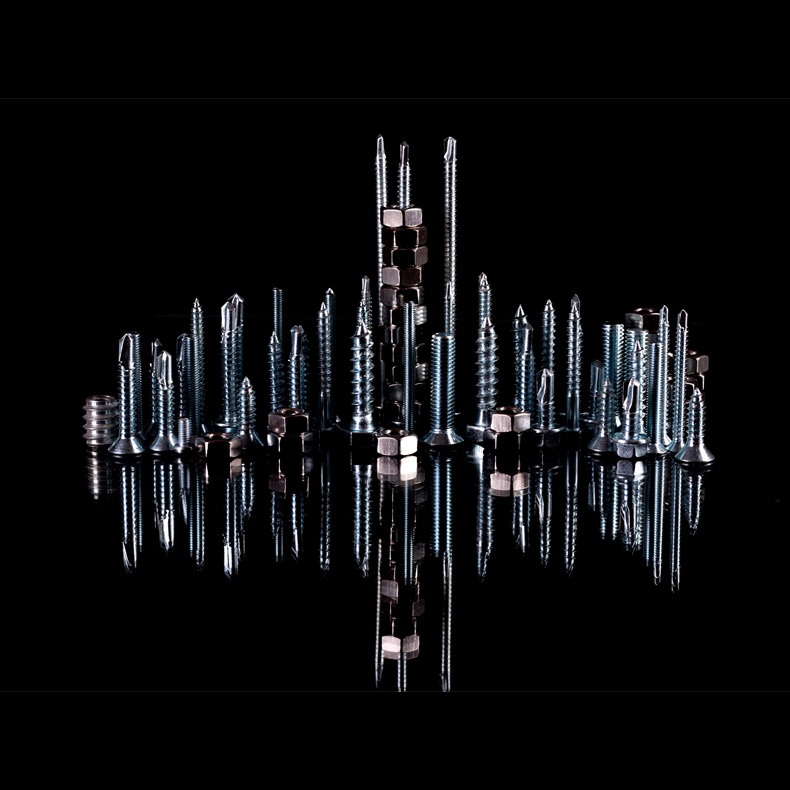
Building Smarter Futures
nspired by the TRUE Conference 2025, we explore how AI and sustainable architecture are converging to redefine urban living.


nspired by the TRUE Conference 2025, we explore how AI and sustainable architecture are converging to redefine urban living.
The future of our cities is not just being built—it’s being intelligently designed. At the 2025 TRUE Conference, architects, developers, and technologists gathered to explore how artificial intelligence is transforming urban living. From predictive energy modeling to global collaborations, the real promise of AI lies in pairing smart systems with human-centered design. This article explores how cities across the globe—from Shanghai to Copenhagen—are creating more resilient, sustainable, and joyful environments for the next generation.
The future of our cities is not just being built—it’s being intelligently designed. At the 2025 TRUE Conference, architects, developers, and technologists gathered to explore how artificial intelligence is transforming the future of buildings. But this conversation is far bigger than just smart thermostats and responsive lighting.
Having studied architecture and spent years traveling across Europe, Asia, and the U.S. photographing urban environments, I’ve seen firsthand how cities tell stories. Each one is a living organism, shaped by planning, policy, and culture. In my work with architects, city officials, and designers worldwide, a shared aspiration has emerged: the need to build not just more, but better.
AI is becoming a key enabler in that quest. From predictive energy modeling to real-time urban analytics, these technologies offer tools to create buildings that adapt to their environments and inhabitants. But the real opportunity lies in combining AI with deeply human-centered design principles—those that prioritize comfort, sustainability, and collective wellbeing.
Conversations I’ve had with urban planners in Los Angeles, community architects in Shanghai, and municipal innovators in cities like Portland and Beijing echo the same truth: the future must be designed with care. And increasingly, that means harnessing intelligent systems to reduce waste, democratize access to housing, and bring joy back to shared spaces.
This isn’t just a conversation for megacities. Rural towns and small urban centers are also participating in this global dialogue. Whether it’s a modular housing pilot in Sweden or AI-optimized community cooling systems in India, we’re seeing new models of architectural and planning innovation emerge from every corner of the world.
As the TRUE Conference highlighted, our smartest buildings will be those that amplify the best of human intention. Technology alone won’t solve our challenges. But when guided by empathy, creativity, and sustainability, it becomes the scaffolding for a better, more resilient future.
The cities of tomorrow will thrive when AI and human-centered design converge—creating environments that are sustainable, accessible, and deeply connected to human wellbeing.
AI isn’t just making our cities smarter—it’s helping us design places worth living in.
Explore other articles


